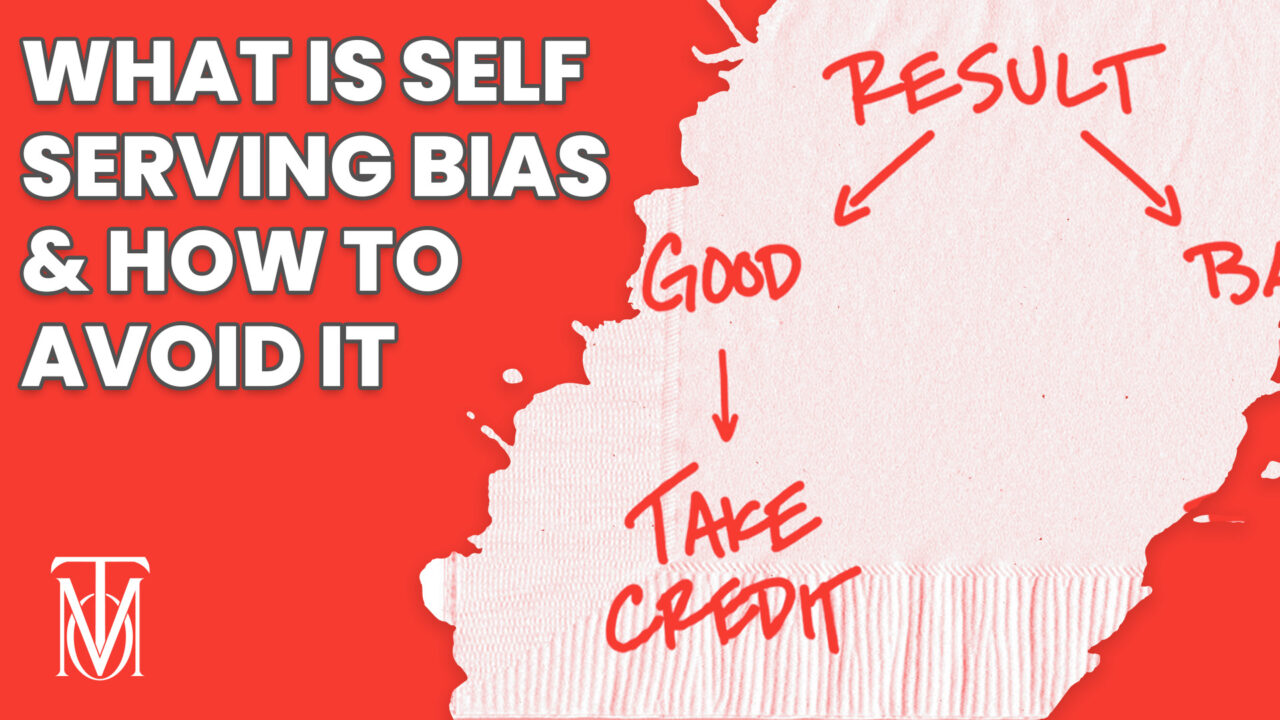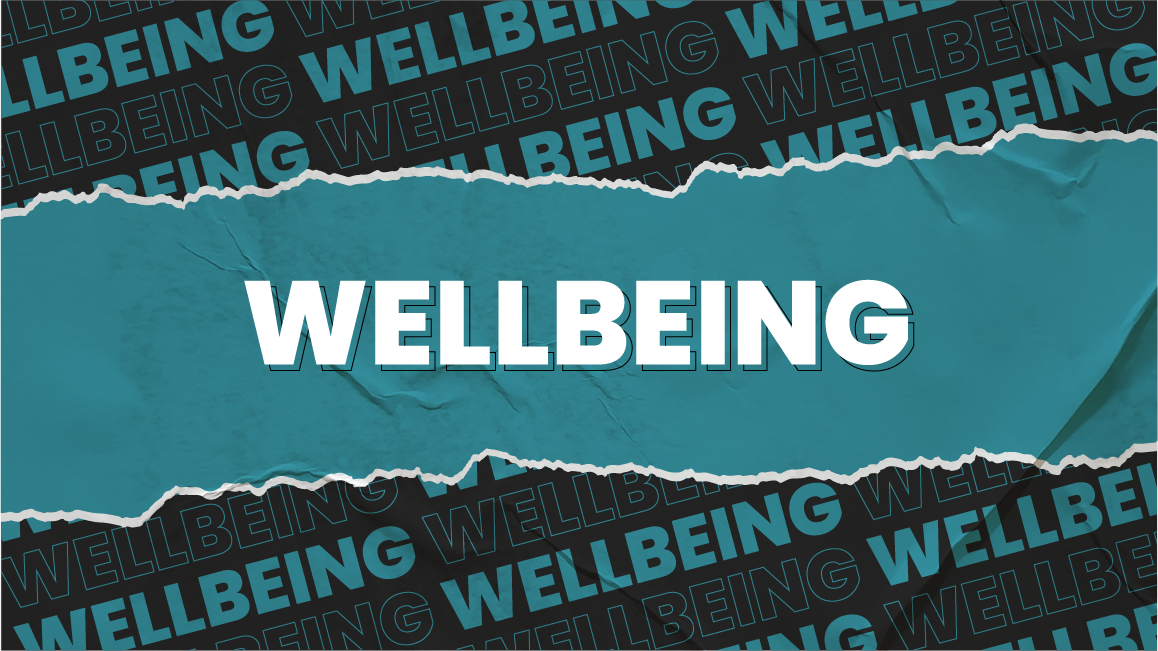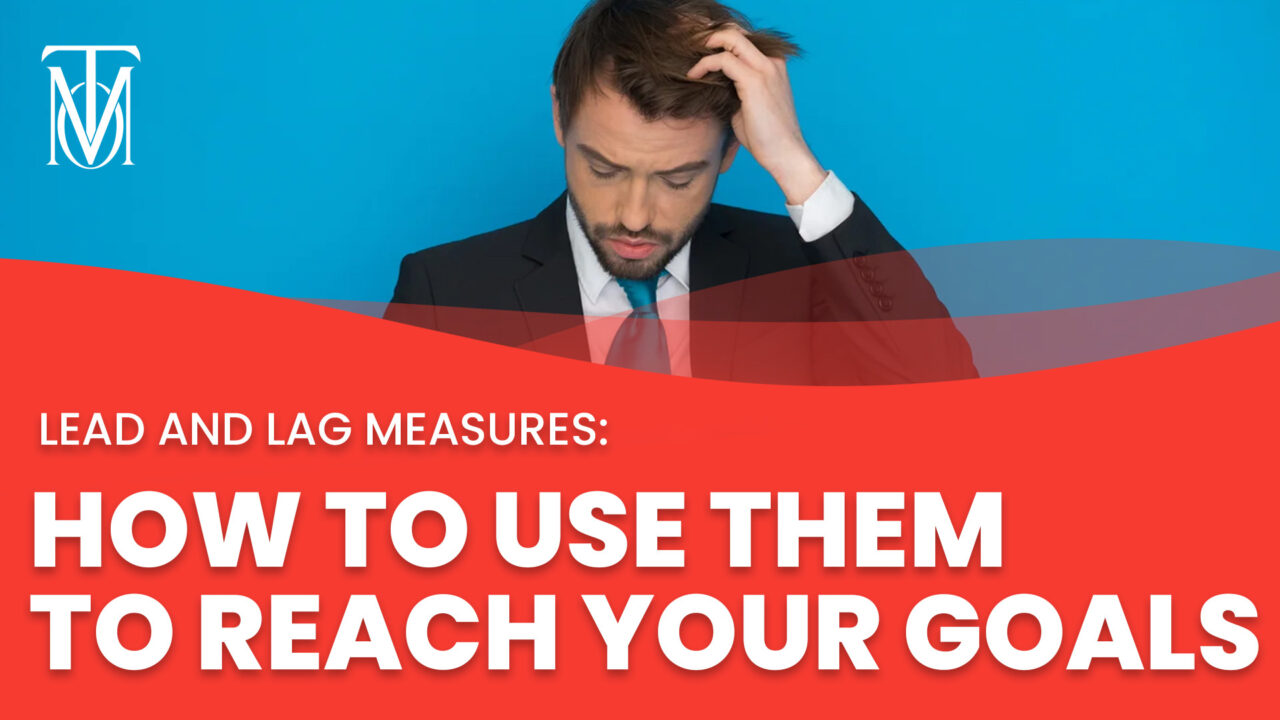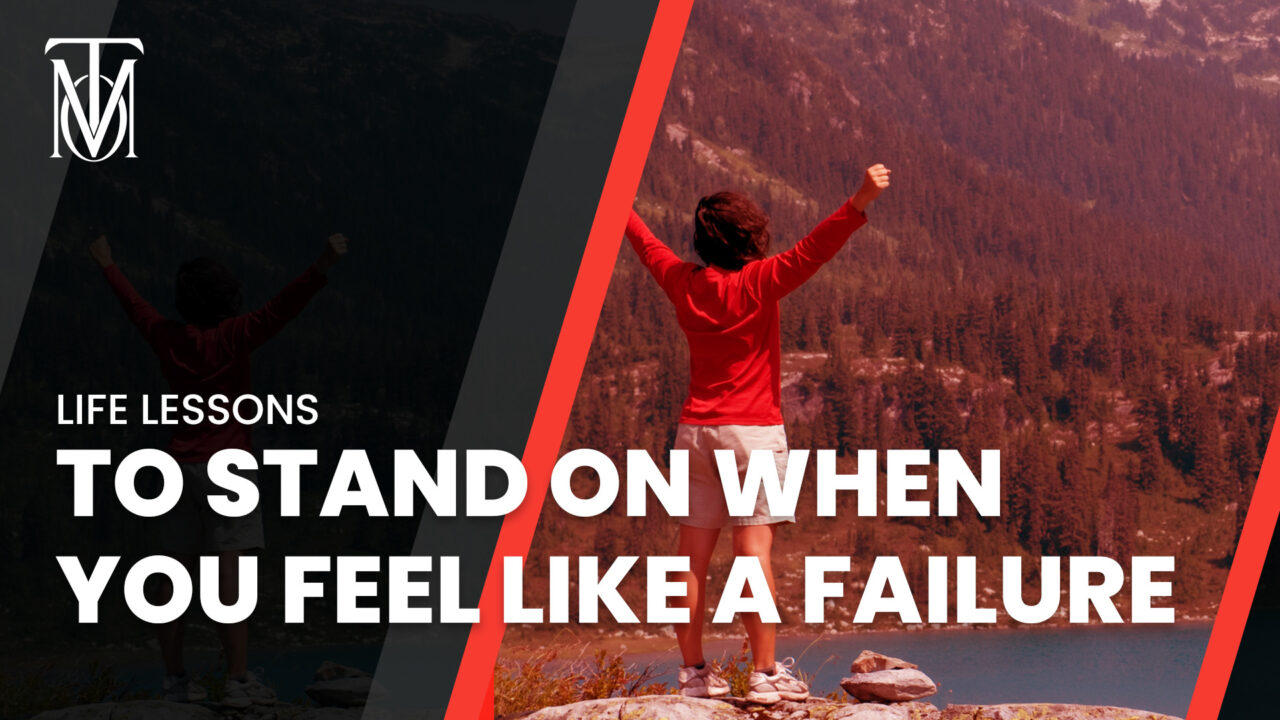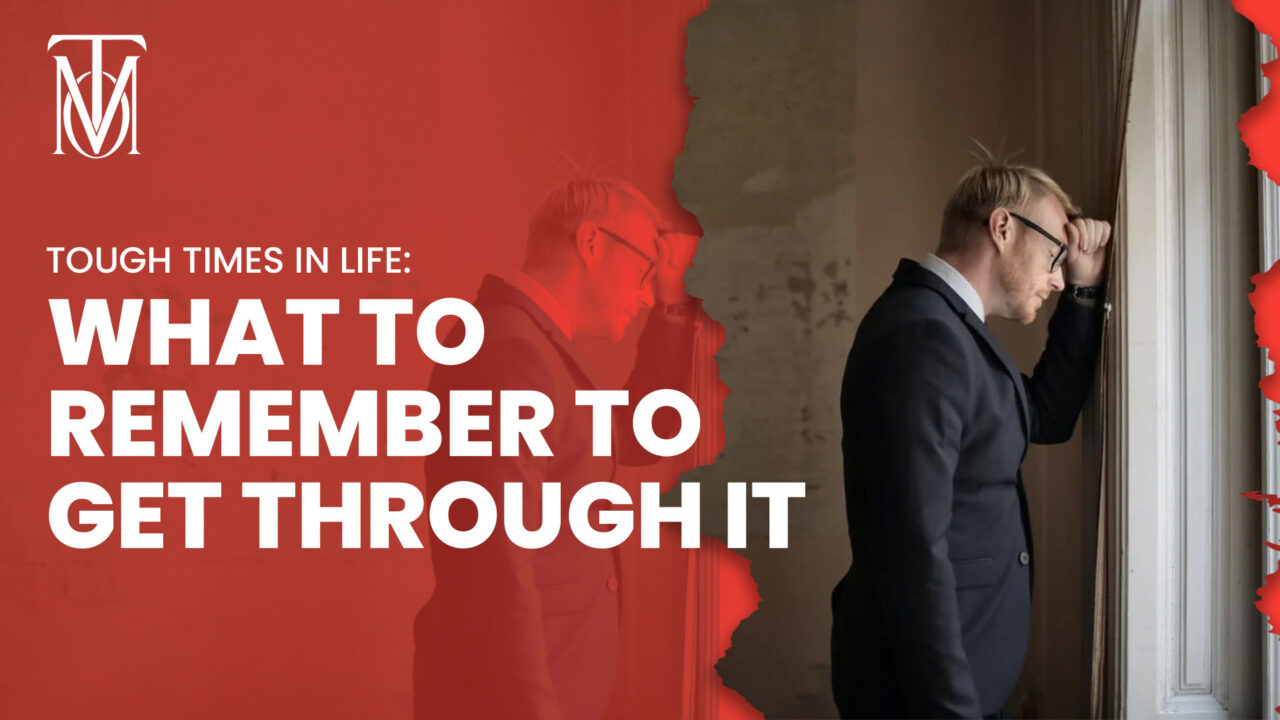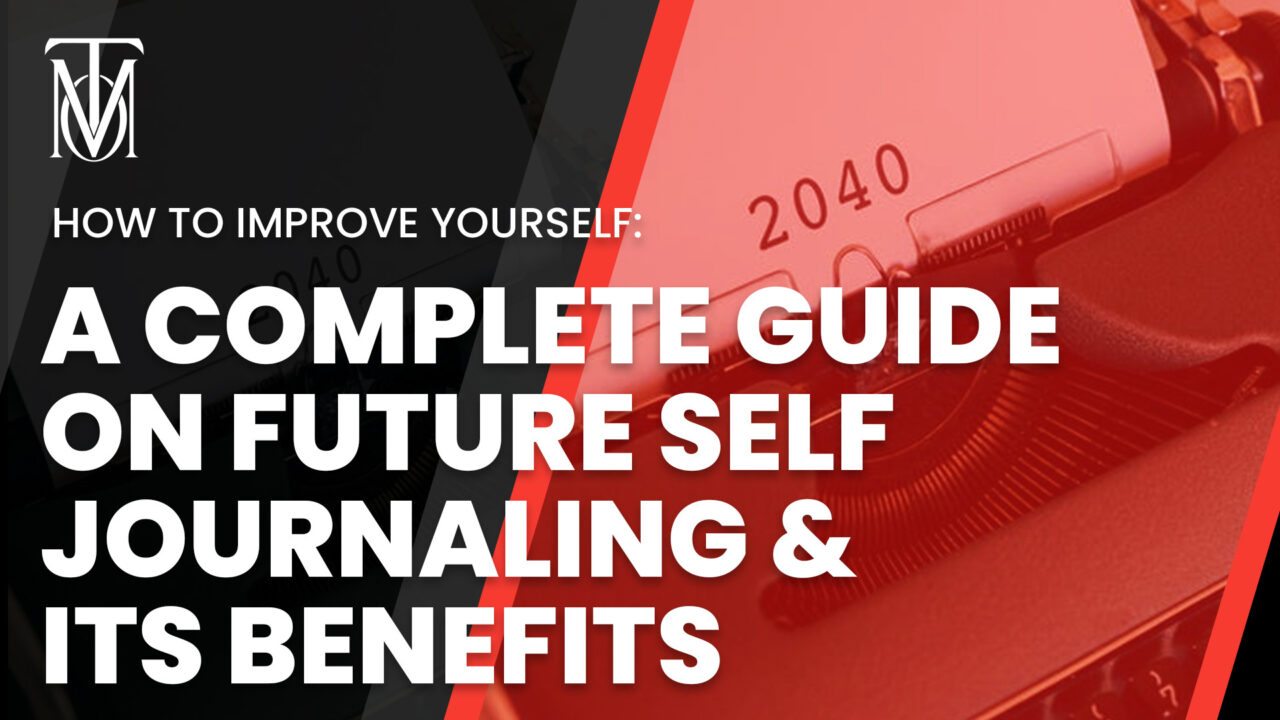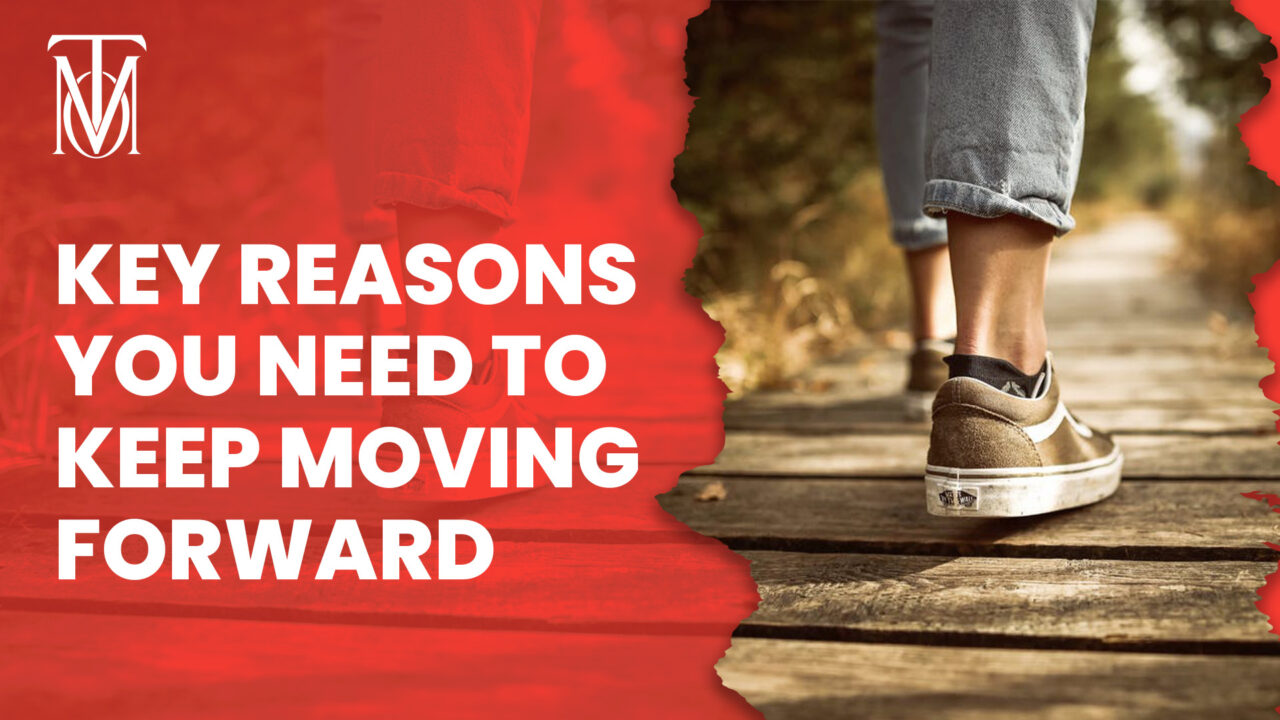When positive outcomes happen, people tend to praise themselves for a job well done. However, people tend to note all the external factors that could have affected the result when things go wrong.
Here, we will discuss self-serving bias and how we can avoid it.
What Is Self-Serving Bias?
Self-serving bias refers to attributing positive events and internal factors, like personal factors, while assigning responsibility for negative outcomes to external factors. Factors such as age, cultural background, clinical diagnosis, and others may have a role.
Many still have vivid memories of their school days, particularly of their responses to good and poor grades. Many individuals, especially when they were younger, recall crediting their personal characteristics when they did well on an assignment and received a decent mark.
Similarly, if someone got a low mark, they could first blame external factors. These may have been anything from the professor’s ineptitude as a teacher to the topic’s inherent complexity to individual flaws within the group.
So many of us go through this motion, first praising ourselves and attributing success to our own talents when we have them and then laying the blame for our failures on others or circumstances. Recognizing and breaking this habit is important because of its negative effects on our lives as we age, despite how innocuous it may appear now.
Present-day studies of self-serving bias take several forms. This cognitive bias, its links to other disciplines, and potential countermeasures are the subject of extensive laboratory research, brain experiments, and naturalistic inquiry. Self-serving bias research is common in various fields, including the workplace, interpersonal relationships, consumer choices, sports and athletic performance, and computer technology.
Current research on self-serving bias has started to focus on physiological manipulations to better understand the biological process that leads to self-serving attributions.
Why Does Self-Serving Bias Occurs?
Self-Esteem Preservation
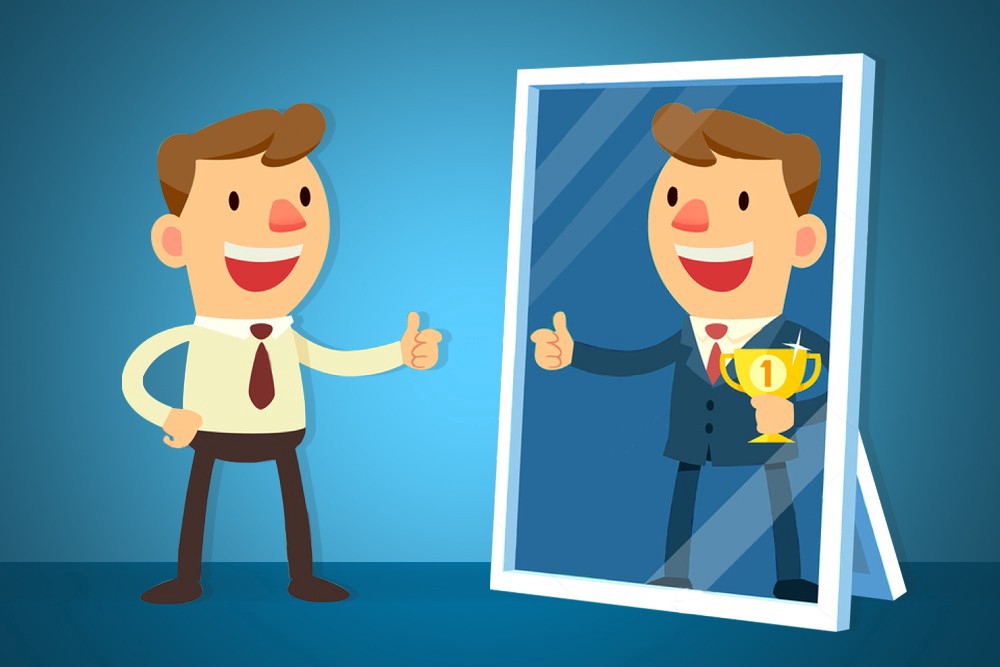
The self-serving bias is widespread when we want to preserve or boost our self-esteem. We avoid meaningful criticism by attributing our triumphs to internal attributions and our failings to other factors. The self-serving bias skews our perspective of ourselves and reality to boost our self-esteem.
Self-Presentation
Self-presentation is how someone tells others about themselves. Self-presentation matches an individual’s self-image to others or audience expectations and preferences.
Self-presentation helps us preserve self-esteem since the views of others impact us. To boost self-esteem, we tend to give a positive impression to others.
Natural Optimism
This cognitive bias is common because individuals tend to have a positive outlook on life. People are sometimes taken aback by unfavorable outcomes; consequently, we are more likely to place the blame on circumstances and other external factors than on our own behavior.
Because we have a propensity to act in our own self-interest, we tend to be too optimistic and make fundamental attribution errors. When we blame others for their mistakes but never take responsibility for our own, this is an example of a fundamental attribution error known as the correspondence bias or the attribution effect.
Age And Culture
Self-serving bias is something many people feel. Age and culture affect self-serving bias differently. Researchers say this bias is more common among youngsters and older individuals. Self-serving biases and cross-cultural impacts have no formal cultural consensus. Researchers are studying the cultural consequences of self-serving bias, especially variations between Western and non-Western civilizations.
How Do I Avoid Self-Serving Bias?
Show Gratitude

When positive outcomes occur, the greatest way to combat self-serving bias is to openly appreciate those who contributed to its realization.
A simple “thank you” on your messaging app or a more elaborate “party” with a catered meal and drinks outdoors are both acceptable options.
It’s important to take notice of our surroundings and assess whether we could have accomplished our goals without any outside help before moving forward with anything. Truly ponder the difference between individual and group performance.
Practice Self-Compassion

The capacity for self-compassion is another tool for reducing the impact of prejudice motivated by self-interest. Self-compassion allows one to be less defensive and more open to constructive feedback when aiming to better oneself. The capacity to identify emotional pain and make a plan to alleviate it is at the heart of self-compassion.
Welcome Feedback
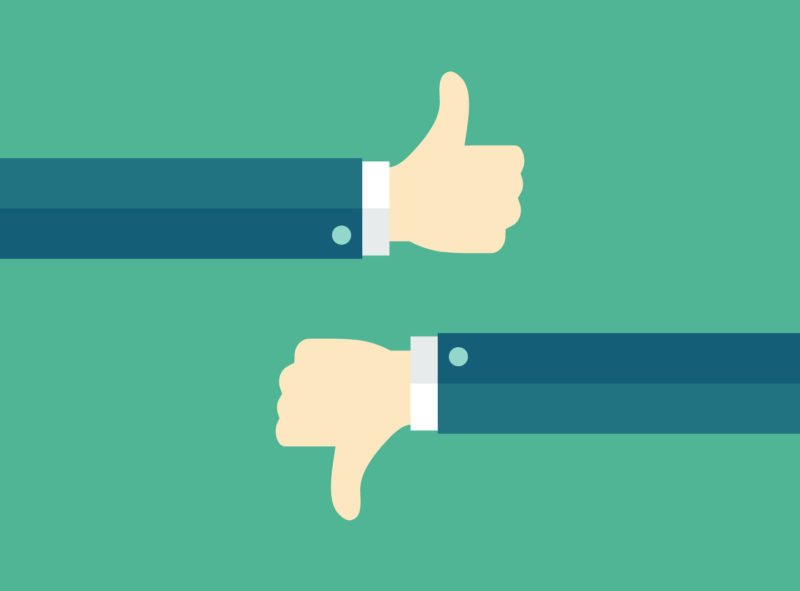
We must learn to take constructive criticism since self-serving bias is so prevalent in the workplace. Establishing a culture where supervisors, workers, and partners can freely provide feedback on one another’s efforts is crucial.
If a culture of open communication and constructive criticism exists in the company, prejudice motivated by personal gain will be easy to spot.
For this reason, it is equally important to have a secure method of sharing these concepts. In certain organizations, workers may feel uncomfortable approaching management with suggestions for adapting leadership styles to better serve their teams’ needs.
However, the process can only advance if there is two-way communication. Furthermore, this will prevent management from becoming too biased in favor of their own interests, which will benefit both the company and its workforce.
Final Thoughts
The easiest way to prevent the self-serving bias is to be aware of the self-serving attributional bias and to determine where we could be utilizing it. Mindfulness practice may help us figure out how to overcome this prejudice.
Additionally, being receptive to feedback and self-compassionate might help us avoid prejudice motivated by selfish considerations. Better acceptance of our own flaws is possible with self-compassion and the practice of seeing criticism as a suggestion for growth rather than a personal assault.
When we know the many cognitive biases that exist, we can better recognize them when they arise in everyday life and seek ways to eliminate or minimize their impact.
